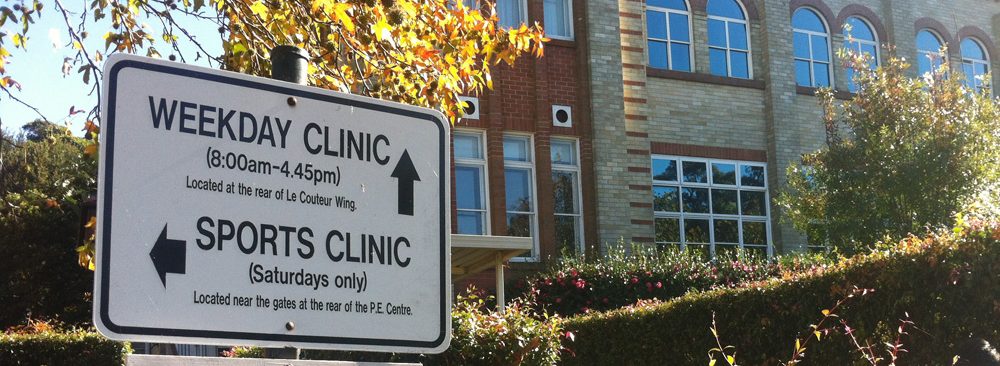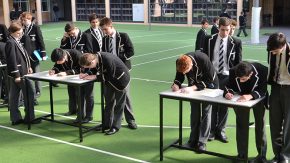Don’t get footloose about common foot problems
A list of common foot problems and conditions and advice on how to treat them.
Athlete’s Foot (tinea)
Athlete’s Foot is a fungal infection which mainly affects the soles of the feet, in between the toes and around the nails. It can also affect the palms of your hands, underarms, scalp and groin area. The fungi that causes tinea thrive in a warm moist environment.
Symptoms include; burning, itching and flaking of the skin.
Tinea is contagious – so wash and dry the feet well, don’t share towels, change cotton or wool socks daily and try to air your shoes.
Over the counter creams or sprays usually work well, so apply to the red areas and around the sores.
See a Doctor if the infection doesn’t clear within 2 weeks.
Ingrown Toenails
Ingrown toenails are a common problem and can be very painful. Toenails if cut too short can allow the skin to grow over the nail. The side of the nail can grow back inside the skin causing pain and infection.
Poorly fitting shoes can cause ingrown toenails. Too narrow or too tight a shoe puts pressure on the nail forcing it to grow in. Toe injuries where the nail has ripped off can result in an ingrown toenail as new nails are more likely to grow inwards. Repetitive actions like kicking a ball can also result in an ingrown toenail.
Symptoms include pain, redness, swelling and a clear or pus discharge. Keep the area clean by soaking in a warm basin of salt water for 10 minutes regularly. Push the skin back using a cotton bud each time trying to free the nail. See your Doctor or podiatrist as you may need a course of antibiotics and then once settled, the part of the nail digging into the skin can usually be trimmed. Occasionally a wedge resection of the nail needs to be done.
So remember that toenails should be cut straight across and not too short.
Blisters, Calluses and Corns
Blisters, calluses and corns are common. Blisters are a raised area of skin with fluid inside usually caused by friction. Keep them clean and covered and change the dressing daily. Don’t pop unless it’s very uncomfortable and then use a clean needle, heated in a flame.
Corns and calluses are thick hardened layers of skin formed when the skin tries to protect itself from friction and pressure. Corns have a central core and occur on the tops or sides of the toes usually from tight shoes. Calluses often develop on the ball of the foot or heel. Soften the skin by soaking it and use a pumice stone to remove the dead skin.
A podiatrist can also treat these conditions by paring old skin using a blade, using corn plasters or suggesting gel inserts to cushion the foot. They also provide great advice on footwear.
Plantar Warts
Plantar warts usually occur on the sole of the foot. They are a circular lesion with tiny black dots within. Plantar warts are caused by a virus that likes warm moist areas such as a shoe or bathroom floor. Treatments which are most effective are cryotherapy – freezing the lesion which often needs to be repeated a few times along with prescription strength acids applied directly to cause the skin to slough. Occasionally, surgery under local anaesthetic is required.
Chilblains
Chilblains are patches of coloured, itchy, sore skin usually caused when you come from the outside cold to a warm environment. Don’t itch but warm the feet slowly and wear woollen or cotton socks.
Plantar Fasciitis
Plantar fasciitis is inflammation of the thick band of connective tissue that links the toes to the heel. It is prone to tearing and inflammation when overworked. Pain is felt in the heel and is worse with the first steps in the morning or after rest. This can be an ongoing condition taking time to resolve.
Treatment includes physiotherapy, orthotics and a night splint to keep the Achilles tendon at the back of the lower leg in a lengthened position overnight.
Sister Margaret Bates
College Nurse






